Worldwide, animal poaching is a serious problem for our endangered species, with many species facing extinction. Unfortunately, poachers are now armed with a new and dangerous tool from an unexpected source: scientific journals.
In our digital age, the majority of scientific research is now published online. This often includes location details of either newly discovered or endangered species. This has led to the very real problem of poachers and dealers trawling the internet for the latest published research about rare species before targeting them for poaching.
The digital age
Up until only a few years ago, the only way to access the majority of scientific information was through university libraries and specialized access management software.
Now, most scientific research is published online, with a push towards more and more open-access publications. Whilst it is a fantastic thing to be only one click away from such a huge host of knowledge, this also means that potentially sensitive information about the location of endangered species is easily accessible by much of the population. This leads to what is known as the dual-use dilemma.
The dual-use dilemma
This is the name given to the problem that many scientists now face - whilst working to conserve a species, their research can instead inadvertently help poachers and collectors who are acting illegally.
Scientist Mark Auliya found this out, when he published a paper back in 2012 describing the discovery of the Borneo Earless Monitor Lizard (Lanthanotus borneensis). This was suggested to be an exceptional discovery of a ‘living fossil’ in a region of Borneo where it had not been found previously.
The exact location of the lizard was left deliberately vague, but despite this, poachers managed to find the lizard and within a year, the endangered lizard was being sold outside Borneo.
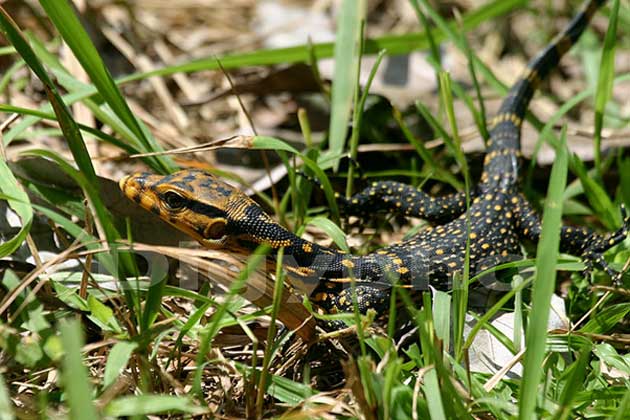
By Paul David Lewin: Philippines
Protecting our endangered species
Now, a number of scientists are cautioning that publishing descriptions and locations of new species can put these species at even higher risk. Unfortunately, specimens of these new species are becoming more and more desirable for both commercial and hobby collectors who are now using scientific publications as a way to get closer to capturing these rare species.
In an essay published on 26th May 2017 in the journal Science, David Lidenmayer and Ben Scheele suggest that there are three main issues connected with the open access of sensitive information.
Firstly, the ability to access information regarding the rough location of desirable species is leading to a surge in poaching. Some species have been poached just months after their descriptions have been released in journals. As many as 20 newly described species of reptiles have been targeted in this manner.
Secondly, access to location data can lead to raised tensions between landowners and scientists. One example is a project in Australia where scientists are monitoring the population of endangered lizards. They are required to upload the location of positive sightings into an open-access government wildlife database. Often, shortly after uploading new locations, landowners will find members of the public trespassing in an attempt to find the lizards. This not only risks the animal being poached, but also potentially damages its environment and puts the scientists in a difficult situation.
Thirdly, many members of the public would like the opportunity to see these animals in the wild. They may not be interested in illegal poaching, but simply want a photograph. If there is suddenly a surge in the number of people visiting a site, this can have serious impacts on both the species and the habitat.
Potential Solutions
Scientists are considering many different options in order to develop a solution to this growing problem. If a species has high economic value, then possibly the only option available to scientists is to withhold information. For species of lower economic value, either a very broad location or unrestricted descriptions can still be provided.
The majority of research published on these species does not require location information to be published, so there is a push for scientists to start self-censoring this information in their published work. Additionally, research permits can be adapted so that there is no longer a requirement to publish data about the location of species in open access databases.
Luckily, it does seem that work is already being done to address this problem. The journal Zootaxa no longer publishes data about the location of a new species, whilst open access journal PLOS ONE has policies in place to allow for scientists to remove sensitive information.
Biology can also look to other field of science where restrictions on location data are already in place. Archaeology and palaeontology already restrict the publication of site locations in order to reduce the risk of sites being raided and artefacts being collected or traded.
Whilst the discovery of either rare or completely new species is always a cause for celebration for scientists, there now needs to be a concerted effort to censor any information which may make them easier for poachers and wildlife traders to find.
As David Lindenmayer says, “for some of the really important species, if we don’t do something they’re going to get wiped off the map.”
Top image: After scientists published a paper documenting a new population of earless monitor lizards in Borneo, poachers moved in. Chien C. Lee/Wild Borneo Photography/Wikimedia (CC-BY-SA 4.0)
References
http://threatenedtaxa.org/index.php/JoTT/article/view/805/1445
http://www.sciencemag.org/news/2017/05/call-keep-secrets-rare-species-draws-reluctant-support

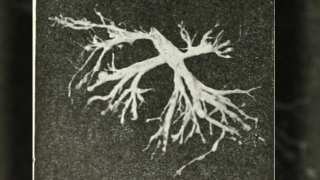
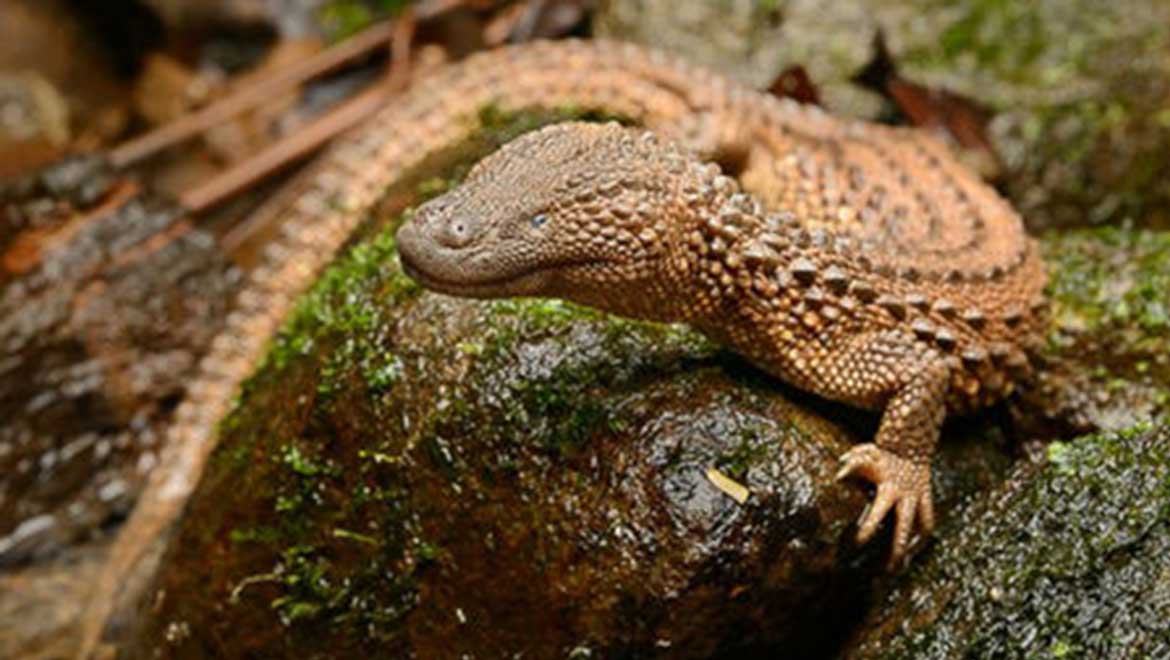


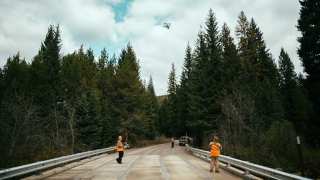
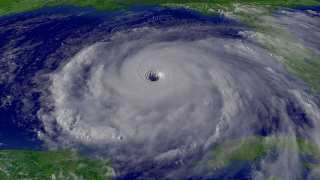
No comment